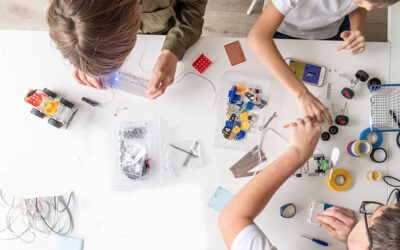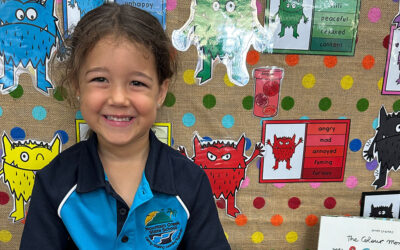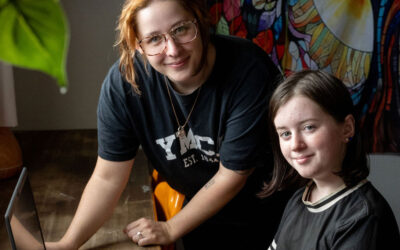On January 6, 1907, in an inner-city district of Rome, Italy, Dr Maria Montessori opened the doors of Casa dei Bambini — or ‘Children’s House’. It was here she began to teach some of the city’s most disadvantaged and previously unschooled children.
The founding of the first Montessori school more than 100 years ago has led to a worldwide shift towards child-centric, experience-led learning.
Inspired by its stunning coastal backdrop, Habitat Early Learning will bring this leading early education method to the Sunshine Coast’s northern beaches. The doors to its new, purpose-built Montessori Early Learning Centre in Peregian Springs will open in Term 4.
The role of the Montessori teacher
Smeeta Vanmali, the Centre’s Montessori advisor, says the role of the teacher in this sense is to guide children in their learning, without inserting themselves too much in that natural learning process.
“Adults need to be a guide to the child. We’re all trained to step back and really observe what children are doing. The Montessori teacher is a facilitator not a leader. We try not to intervene or disrupt an engaged child,” Ms Vanmali says.
After close observation, a Montessori teacher will provide learning materials appropriate to each child.
“We may demonstrate and model learning activities, but we provide freedom for the student to learn in their own way,” she says.
When a Montessori teacher talks with a child, they will always get down to their level to maintain eye contact. They speak to them respectfully.
“Children in the early learning period are like little sponges. They are absorbing so much language, so it’s important children are spoken to as capable and respected human beings.”
This method of respect, guidance and independence is nurtured throughout their day-to-day routines.
Teaching children life skills early
“At mealtime, children set their place in preparation for eating. They learn how to pour water and drink out of glasses. We provide them with real-life materials such as cutlery, crockery and glassware, teaching them how to respectfully use breakable items,” Ms Vanmali says.
“If they spill a little bit of water, that’s okay. We get a sponge, we guide them to clean it up and then start again. There’s always opportunity to learn and grow — for every action there’s a consequence. That’s the life skill they learn.”
Ms Vanmali explains that by learning these life skills, children respect materials within the classroom, too.
“Montessori has a fine motor classroom activity with two bowls, some grains and a spoon. We’re teaching children how to transfer the grains without spilling. They are learning to feed themselves, and also working on things such as hand-eye coordination, crossing the path of the brain midway.”
She says this prepares children for further reading and writing.
During their day, children have access to dustpan and brush, and access to a water bottle and a sponge.
“You’ll often find children cleaning windows and helping with everything that they are able. Making their beds, packing them away. Depending on what age and stage they’re at, children are also washing their bowls and glasses in the sinks. All our Montessori environments have little in-situ sinks in place.”
What adolescents may see as chores, Montessori children see as part of their everyday responsibilities.
“These are all activities that the children love to engage in,” Ms Vanmali says. “As they grow up, these activities become part of their normal lives. They learn to respect their surroundings and take care of their environment.”
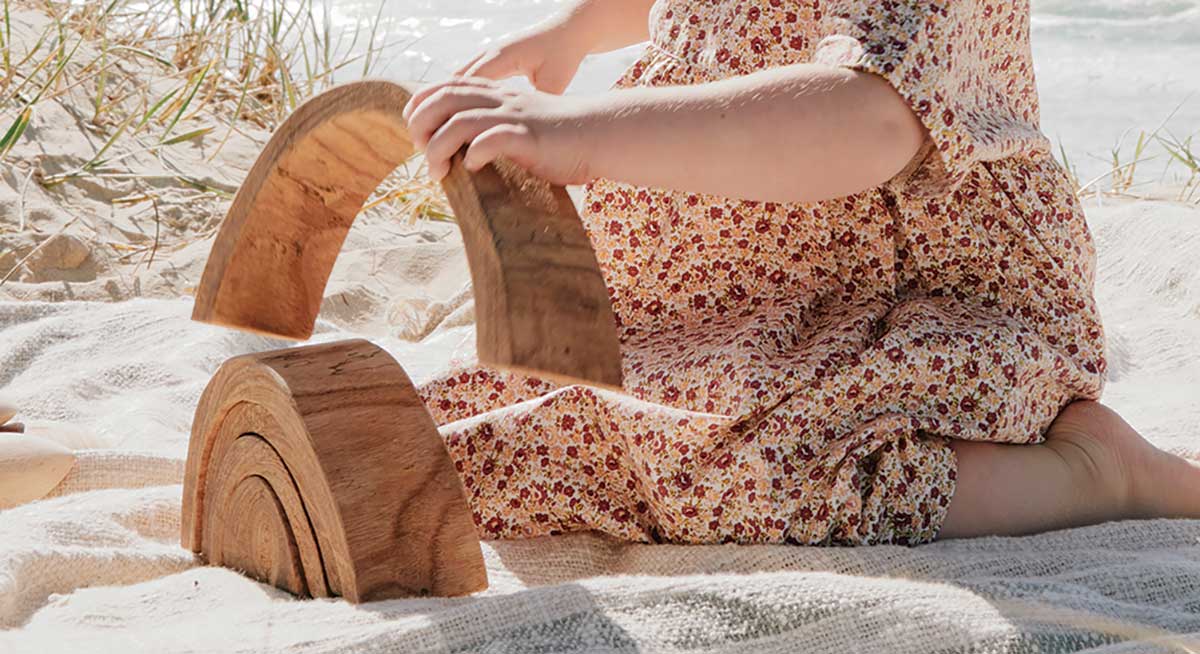
Purpose-built, multi-age classrooms
Instead of presuming children of the same age develop and progress at the same rate, Montessori schools believe multi-age classrooms enable children to work more productively at their natural pace. Montessori classrooms are typically set up in three-year age ranges.
Dr Montessori believed multi-age settings enable children to learn better social skills. They also develop academically in a cooperative, non-competitive learning environment.
Being architecturally designed and purpose-built, the new Habitat Early Learning Centre in Peregian Springs has been able to consider every little detail. The entire space supports the implementation of the Montessori method.
“In designing the learning environment, we have made special provision for our families and team. We have a parent room, a breastfeeding lounge, a multipurpose studio for yoga and a curriculum room for collaboration,” Ms Vanmali says.
A Montessori early years classroom is quite distinct. Minimising distraction and overstimulation, neutral shades adorn the walls and the classroom is quiet and calm.
Artwork is carefully chosen and displayed at children’s eye level. In preference to play materials, children have access to resources appealing to all five senses (sight, touch, smell, taste, sound) and are natural, real-life items. There is a place for everything, and there is plenty of space for children to move around without disturbing others.
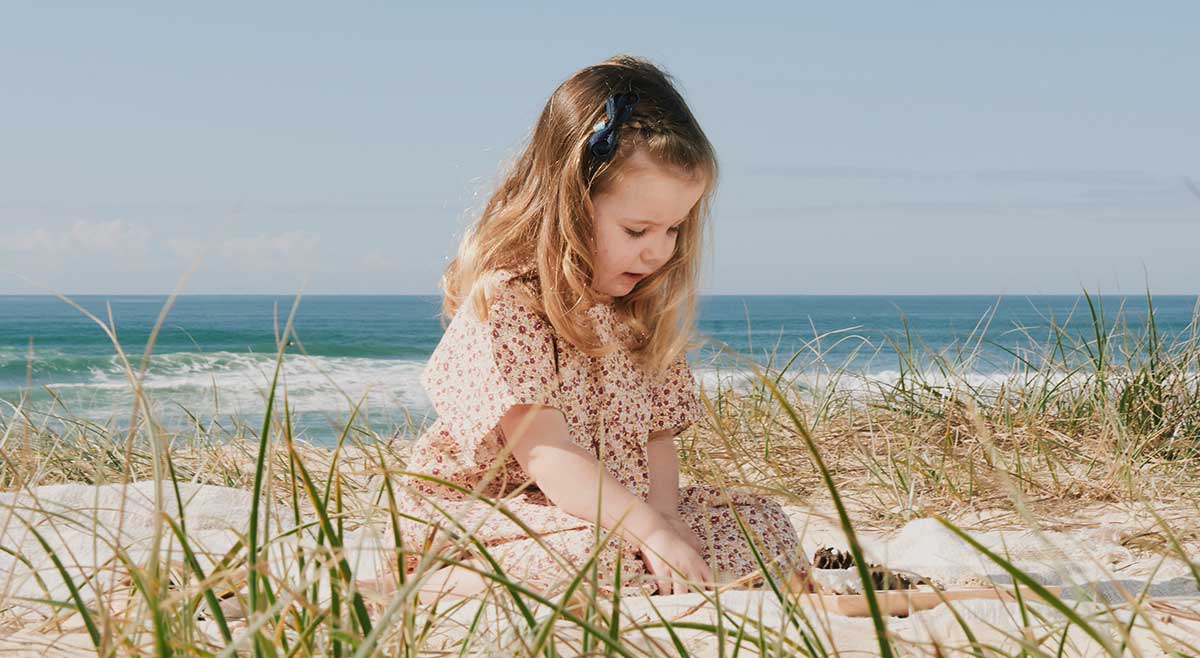
A calm, natural outdoor space
The calm, uncluttered environment also extends to the outside space. Nature influences Montessori outdoor spaces.
“The learning is not just inside the classroom. Many components of the indoor environment are emulated in the outdoor environment,” Ms Vanmali says.
“We include sensory components and edible plants, so children can engage with the greenery outdoors.
“They take care of the plants and they water them everyday. Children can pick the herbs and discover the different smells.
“They may collect them in a basket in the morning, which we might give to the onsite chef to incorporate into the meal. This way, the children can see the whole process.”
Ms Vanmali says Montessori is not just about the end product, it’s about the process. Children are involved every step of the way.
Who can benefit from Montessori early learning?
“We are often asked whether Montessori is for a particular type of child. It is really quite the opposite!” Ms Vanmali says.
“Because we follow a child’s individual learning pathway, the Montessori Approach caters to all children—far more so than traditional classroom learning. Because we focus on independence from a young age, we teach children all the life skills they’re going to need for success. It is a learning method that can improve outcomes for all children.”
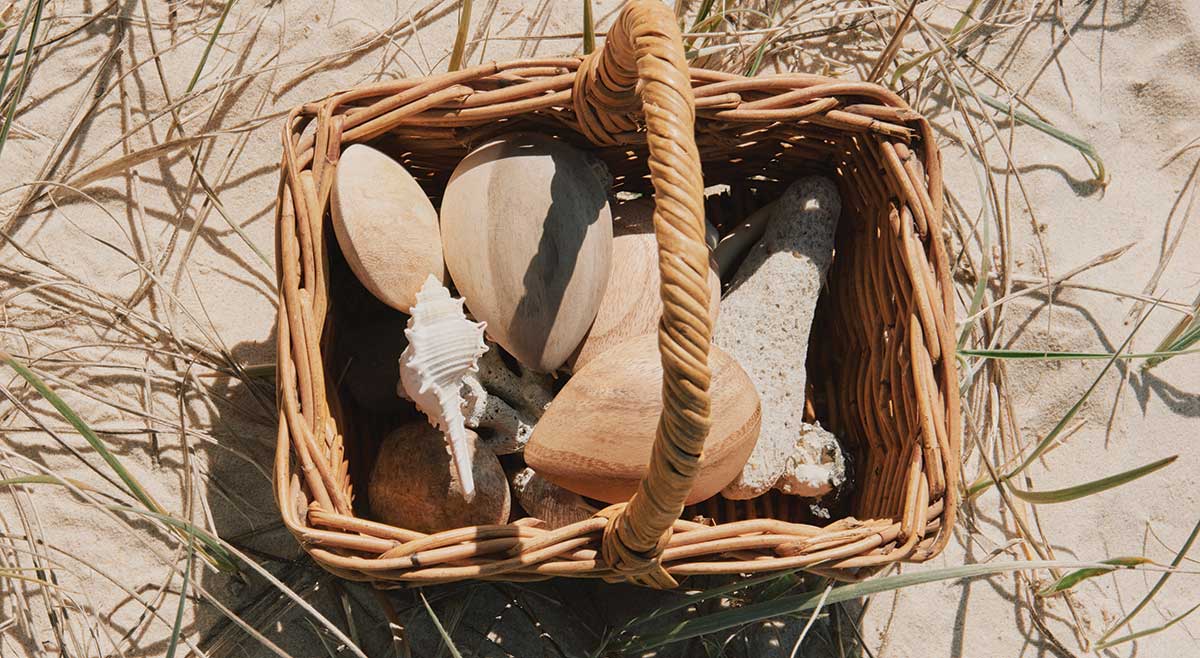
The five principles of Montessori Education
- Respect for the child. Respect is shown by not interrupting children’s concentration. Children have the freedom to make choices and to learn for themselves.
- The absorbent mind. Simply by living, children are constantly learning from the world around them. Through their senses, children constantly absorb information from their world. They make sense of their world because they are thinking beings.
- Sensitive periods. There are certain periods during which children are more ready to learn certain skills. These are known as sensitive periods, and last only as long as is necessary for the child to acquire the skills. Through observation, Montessori teachers must identify sensitive periods in their students and provide the resources for children to flourish during this time.
- The prepared environment. Children learn best in environments that enable them to do things for themselves. Always child-centred, the learning environment should promote freedom for children to explore materials of their choice.
- Auto education. Children are capable of educating themselves without external guidance.
Habitat Early Learning is located at 2 Longwood Drive, Peregian Springs. The Centre caters for 93 children from birth until school entry.
